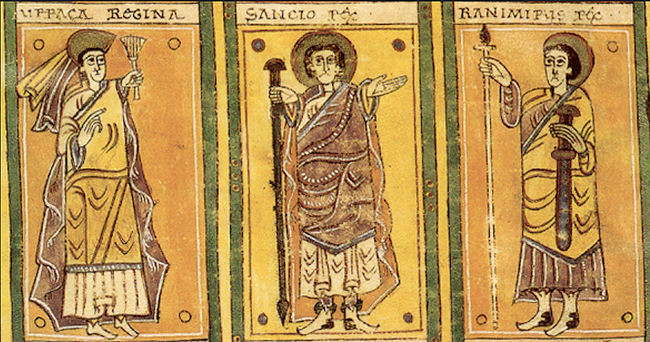Ruta de navegación
agenda_y_actividades_conferencias_2017_pareja-real-arte-hispano
20 May
lecture series
LESSER-KNOWN IMAGES OF NAVARRESE MEDIEVAL ART
The Royal Couple in Early Medieval Hispanic Art: Navarre and other examples
Ms. Soledad de Silva y Verástegui
University of the Basque Country
With the exception of the portraits of Justinian and Theodora that offer us the Byzantine mosaics of the sixth century of the church of San Vital in Ravenna, the marriage portrait was not a genre lavished in our High average. We have to wait until the Carolingian and Ottonian periods to find portraits of marriages, generally of the imperial couple, in European art. In the Peninsula the oldest examples are provided by the portraits of the kings Sancho II Abarca and Queen Urraca of the kingdom of Pamplona, figured in two famous manuscripts of the end of the X inaugurate the court portrait. But it was not until the mid-11th century, with the arrival of the first European Romanesque trends, that portraits of the royal couple and the nobility began to be represented in miniatures and other arts. These portraits continued to be represented throughout the 12th century. This lecture analyzes the various factors that motivated the insertion of these portraits and their artistic peculiarities that gave rise to a rich and varied typology, the most widespread being, in addition to the court portrait, the portrait of the patrons, the effigies of the donors, the Dedication scene, the devotional portrait, the ceremony of the donatio and the presentation scene, among others.

Photo 1. King Sancho II Abarca and Queen Urraca.
Codex Albeldense. Late X century
